This article was medically reviewed by Ankush Bansal, MD. Dr. Bansal is a board certified Internal Medicine Physician in Florida. He received his medical degree from Creighton University School of Medicine and completed his residency in internal medicine at Christiana Care Health Services in 2007. He is licensed in 19 states and is a fellow of the American College of Physicians and senior fellow of the Society of Hospital Medicine.
There are 27 references cited in this article, which can be found at the bottom of the page.
This article has been viewed 19,965 times.
Diabetic kidney disease is a condition that occurs as a result of having diabetes. Kidney failure long-term complication of the disease that may lead to dialysis. Fortunately, with preventative lifestyle changes and appropriate medications, the onset of diabetic-related kidney disease and kidney failure can be delayed and sometimes prevented altogether.
Steps
Making Lifestyle Changes
-
1Recognize risk factors for kidney failure. Although some risk factors are outside of your control, such as ethnicity (there is a higher risk of kidney failure in African Americans, Mexicans, and Pima Indians), most risk factors are lifestyle-based and as such can be modified. Lifestyle-related risk factors for worsening kidney disease include:[1]
- Smoking
- High blood pressure that is left untreated
- Chronically elevated blood sugar levels
- A sedentary lifestyle
- Being overweight or obese.
-
2Monitor your blood sugar levels regularly to take some stress off your kidneys.[2] As a diabetic, you will have high blood sugar levels, and this can put a lot of stress on your kidneys. Depending on the type of diabetes you have, your doctor will recommend that you test your blood sugar levels one to three times a day. Your doctor will also give you a set target range that you should try to be at when you check your blood sugar levels to take some of the stress off your kidneys. This range will depend on your own personal health so talk to your doctor about the level you should be at. To learn how to check your blood sugar levels, click here.
- If you have type 1 diabetes, you will most likely have to check your blood sugar levels three or more times a day.[3]
- If you have type 2 diabetes, you will most likely have to check your blood sugar levels one or more times a day.[4]
- Monitoring your blood sugar levels is key to helping you better control them, and to keep them in a range that will not worsen your chances of developing kidney failure down the road.
- The most effective way to control blood sugars is through proper diet and exercise and then medications.
Advertisement -
3Lower your sugar and refined carbohydrate intake to keep your blood sugar at a healthy level. When you are diabetic, you already have increase sugar levels. Because of this, eating a high-sugar diet or refined carbohydrates while being diabetic can speed up the process of kidney failure. Because of this, it is important to try to eat a low-sugar and low-glycemic index diet as much as possible. Cut back on or avoid the following:[5]
- White bread, white rice, packaged pancake and waffle mix, muffins, etc. are all refined carbohydrates (Note that whole grains consumed in moderation are much better for you to eat than refined carbohydrates, especially if you are diabetic.)
- Soft drinks like soda and drink powders.
- Candies, pies, cookies, and cakes.
- Dried fruit.
- Ice cream.
- Jams, sauces, and salad dressings.
-
4Keep your blood pressure low. Diabetics spend a lot of time focused on their blood sugars; however, perhaps surprisingly, it has been shown in medical trials that blood pressure is equally important to blood sugar levels in the prevention of worsening diabetic kidney disease.[6]
- Ideally, you want to aim for a blood pressure below 140/90 (the top number being the "systolic reading," and the bottom number being the "diastolic reading").
- Speak to your doctor about how best to achieve that blood pressure goal if you are not within that range already (and note that there are always exceptions, so it is important to speak to your doctor before making any dramatic lifestyle or medication changes).[7]
-
5Eat fats in moderation. While it was once believed that all fat is bad, we now know that fat is an essential part of our diet and certain types of fat should be consumed in moderation. Trans fats should be avoided altogether, but monounsaturated, polyunsaturated fats and some saturated fats are necessary for a healthy diet. Avocados, nuts, seeds, certain oils (olive, peanut, canola, corn, sunflower), and fatty fish, are all good sources of healthy fats.[8]
- Eat lean meats sparingly.
- Trans fats are found in fried foods, candy, and commercial baked goods like cookies, cakes, frozen pizza, pie crust, and crackers. Avoid using margarine and any foods with "partially hydrogenated oils" listed on the ingredients — these are trans fats.[9]
-
6Reduce the amount of salt you eat to decrease your blood pressure. Eating a lot of salt can cause you to have high blood pressure. This is because salt constricts your blood vessels, making it harder for your body to circulate blood. Try to only eat a maximum of 4 grams of salt per day. High-salt foods that you should try to avoid or reduce your intake of include:[10]
- Extra table salt on your food.
- Too many sauces and salad dressings
- Cured meat like bacon, jerky, and salami.
- Cheeses like Roquefort, Parmesan, and Romano
- Snacks like pretzels, chips and crackers
- Fast food
-
7Try to eat less protein to take some stress off your kidneys. Protein can be difficult for your kidneys to process because it can contain a good deal of toxins that your kidneys have to work through. If you are concerned about your kidneys’ health, try to limit your protein intake so that they don’t have to work as hard.[11] Try to limit the amount of protein you eat to 40 to 65 grams a day. Foods that have a lot of protein include:
- Beans; nuts and seeds (pumpkin, squash, watermelon seeds, almonds, pistachios); cooked lentils; oats; green peas
- Tofu and soy products.
- Meat like chicken and turkey breast, pork loin, and lean beef
- Fish like cod, tuna, salmon
- Cheese, particularly low-fat mozzarella, Swiss cheese, and whole parmesan
- Eggs, yogurt, and milk
- Note that it is important to keep some protein in your diet in order to have balanced nutrition; it is just about eating protein in moderation rather than in excess if you are worried about the health of your kidneys.
- In fact, it is best to eat a plant-based (preferably vegetarian or vegan diet). You can obtain more than enough protein by consuming different types of vegetables, whole grains, and especially different beans, legumes, and nuts.
-
8
-
9Get plenty of exercise to keep your kidneys healthy. To control your weight and keep your kidneys running properly, you should try to exercise for at least 30 minutes three to five times a week.[13] Try to pick exercises that you really enjoy so that you are more motivated to stick to your exercise regimen.[14]
- Try running, swimming, biking, hiking, rock climbing, or kick-boxing. Anything that gets your body moving and elevates your heart rate is a good thing.
- Be sure to get clearance from your doctor before beginning any exercise program for the first time or after a long period of inactivity.
-
10Visit your doctor for regular check-ups to keep track of your kidneys' health. Seeing your doctor regularly can help you stay on top of any illnesses that might develop because of your diabetes. In particular, ask your doctor to regularly check for signs of:
- Hypertension (high blood pressure).
- Diabetic kidney disease.
- Kidney failure.
Using Medication for Prevention
-
1Reduce the amount of sugar in your blood with hypoglycemic medications. Hypoglycemic drugs act by increasing the uptake (or absorption) of sugar from the blood.[15]
- A commonly prescribed hypoglycemic medication is Metformin.[16] The usual dosage is generally between 500 mg and 1 gram once or twice a day depending on your blood sugar levels.
- Metformin is the most commonly prescribed medication in diabetic patients.
-
2Lower your cholesterol with statin medications.[17] When you reduce your cholesterol levels, you also reduce your chances of developing hypertension (high blood pressure) that can lead to kidney disease. If you already have high blood pressure, you are generally advised to keep your cholesterol levels under 4.0 mmol/l.[18]
- Doctors commonly prescribe a statin called atorvastatin. The dosage is normally 10 to 80 mg a day, depending on your cholesterol levels.
- You can also use red rice yeast which contains the same active ingredient as statins.
- Your doctor may also put you on other cholesterol medications like fish oil depending on your cholesterol numbers.
-
3Take an angiotensin-converting enzyme inhibitor to lower your blood pressure. This drug works by reducing a chemical called angiotensin that is found in the blood. Angiotensin makes the blood vessels in your kidneys constrict, which makes you develop high blood pressure.[19] When you take angiotensin-converting enzyme inhibitor, your blood vessels can relax, which lowers your blood pressure.[20]
- A commonly prescribed angiotensin-converting enzyme inhibitor is lisinopril. The normal dose is between 5 and 20 mg a day depending on your blood pressure.
- In addition to lowering blood pressure, this class of drugs (the angiotensin-converting enzyme inhibitors) also has a "protective effect" on the kidneys, so the benefits are multiple.
-
4Take sulfonylurea medications to stimulate your insulin levels. These drugs stimulate your beta cells’ release of insulin from the pancreas. They also increase the number of insulin receptors and make your body’s insulin mediated glucose transportation more efficient. The most commonly used sulfonylureas include:
- Chlorpromazine (an oral tablet given at 150 to 250 mg per day).
- Tolazamide (Tolinase: an oral tablet given at 100 to 250 mg/day at weekly intervals).
- Tolbutamide (Orinase: an oral tablet given at 250 mg to 2g per day).
- Glyburide (Diabeta or Micronase: given orally at 1.25 to 20 mg per day).
- Glipizide (Glucotrol: given orally at 5 mg per day).
-
5Talk to your doctor about getting a prescription for a thiazolidinedione to lower your body’s insulin resistance. This type of medication is only active in the presence of insulin. It is generally prescribed when other medications have not worked to get your blood sugar levels to the level they need to be at.[21]
- Rosiglitazone (Avandia) is an example of a thiazolidinedione generally given initially at 4 mg per day or may be divided every 12 hours.
- These medications are only occasionally used and are not necessary for all diabetics.
-
6Talk to your doctor about preparing for dialysis if you already have chronic kidney failure. If you are already experiencing kidney failure, you can talk to your doctor about preparing for dialysis in the future, hopefully years from now. Dialysis involves diverting your blood to a special machine that helps to remove the waste products in your blood while preserving the salt and water to keep you functioning properly.[22]
Recognizing the Symptoms of Kidney Failure
-
1Have your doctor test for microalbuminuria. One of the earliest signs of kidney issues is microalbuminuria, which is the presence of protein and albumin in your urine. Often diabetic patients with kidney damage show no overt symptoms, and no changes to their urinary patterns or frequency. Therefore, it is important to request specific tests such as this one from your doctor, as it is the easiest way to detect any damage to the kidneys in the early stages.[23]
- Protein in your urine (as detected on the microalbuminuria test) is usually a red flag that your kidneys are not in optimal health, and that it is time to begin steps to prevent any further damage.
- This test is recommended to have once a year. If you have type 1 diabetes, testing should begin five years after diagnosis. If you have type 2 diabetes, testing should begin annually starting at the time of diagnosis.[24]
-
2Understand the progression of kidney disease. What starts as small amounts of protein in your urine (called "diabetic nephropathy" by medical doctors), if left untreated eventually progresses to chronic kidney disease and ultimately to kidney failure.[25] This is why showing up for regular testing, and then following your doctor's advice for lifestyle modifications and medical treatment, is key to delaying or altogether preventing the development of long-term kidney disease and kidney failure.
-
3Look out for signs of fluid retention. Your body will begin to retain fluid because when your kidneys start to fail, they become less able to remove excess water from your body. When this occurs, you will experience swelling around your ankles and feet because your body is holding on to fluid.[26]
- One of the main signs of fluid retention is the skin around your eyes becoming puffy.
-
4Take note if you experience a lack of appetite. When your kidneys stop working, they have a harder time processing toxins that they can normally deal with. This will cause these toxins to accumulate in your body, which will keep your body from functioning normally. One of the first things that will be affected by this toxin accumulation is your appetite.[27]
-
5Be aware of itchiness as one of the later symptoms of kidney failure. Your kidneys process all of the good and bad stuff that you put into your body. When they stop working properly, waste will build up in your body. This waste buildup can actually cause your skin to become irritated, which will result in your feeling itchy.[28]
-
6Talk to a doctor if you find that you are having trouble concentrating. When your kidneys stop processing waste, toxins can build up throughout your body. This means that toxins can also accumulate in your brain, making it harder for you to function properly. This can result in you having a hard time concentrating on anything for a long period of time.[29]
-
7Watch out for muscle cramps, nausea and vomiting caused by an electrolyte imbalance. Muscle cramps, nausea, and vomiting can occur because of an imbalance of electrolytes in your body. Electrolytes are ions that are found in the body that help to maintain the normal functioning of the body. When you don’t have enough electrolytes, your muscles can cramp up. At the same time, you may begin to feel nauseous, which may cause you to vomit.[30]
- The most common electrolytes include sodium, potassium, phosphorus, and calcium.
-
8Check to see if your abdomen is swollen. Ascites is the medical term for a swollen abdomen caused by an accumulation of fluid. When your body accumulates fluids because your kidneys are not working properly, your abdomen will more than likely swell up.[31]
Warnings
- If you think you are developing kidney failure, talk to your doctor immediately.⧼thumbs_response⧽
References
- ↑ https://www.uptodate.com/contents/diabetic-kidney-disease-beyond-the-basics#H3
- ↑ https://www.cdc.gov/diabetes/managing/managing-blood-sugar/bloodglucosemonitoring.html
- ↑ http://www.mayoclinic.org/diseases-conditions/diabetes/in-depth/blood-sugar/art-20046628
- ↑ http://www.mayoclinic.org/diseases-conditions/diabetes/in-depth/blood-sugar/art-20046628
- ↑ https://www.niddk.nih.gov/health-information/diabetes/overview/diet-eating-physical-activity
- ↑ https://www.niddk.nih.gov/health-information/diabetes/overview/preventing-problems/diabetic-kidney-disease#keephealthy
- ↑ https://www.cdc.gov/bloodpressure/prevent.htm
- ↑ http://www.health.harvard.edu/staying-healthy/the-truth-about-fats-bad-and-good
- ↑ https://www.heart.org/en/healthy-living/healthy-eating/eat-smart/fats/trans-fat
- ↑ https://www.heart.org/en/health-topics/high-blood-pressure/changes-you-can-make-to-manage-high-blood-pressure/shaking-the-salt-habit-to-lower-high-blood-pressure
- ↑ https://www.kidney.org/atoz/content/preventkiddisease
- ↑ https://www.uptodate.com/contents/diabetic-kidney-disease-beyond-the-basics#H9
- ↑ https://www.kidney.org/atoz/content/stayfit
- ↑ Thorpe, B., & Walser, M. (2013). Coping with kidney disease: A 12-step treatment program to help you avoid dialysis. Hoboken, N.J: Wiley.
- ↑ Edelstein, C. L. (2011). Biomarkers in kidney disease. London: Academic Press, an imprint of Elsevier.
- ↑ https://medlineplus.gov/druginfo/meds/a696005.html
- ↑ https://my.clevelandclinic.org/health/treatments/22282-statins
- ↑ https://www.kidney.org.uk/cholesterol-and-kidney-disease
- ↑ https://www.ncbi.nlm.nih.gov/books/NBK431051/
- ↑ Thorpe, B., & Walser, M. (2013). Coping with kidney disease: A 12-step treatment program to help you avoid dialysis. Hoboken, N.J: Wiley.
- ↑ https://www.ncbi.nlm.nih.gov/books/NBK551656/
- ↑ https://www.nhs.uk/conditions/kidney-disease/treatment/
- ↑ https://medlineplus.gov/ency/article/003591.htm
- ↑ https://www.ucsfhealth.org/medical-tests/microalbuminuria-test
- ↑ https://www.hopkinsmedicine.org/health/conditions-and-diseases/diabetes/diabetic-nephropathy-kidney-disease
- ↑ https://www.niddk.nih.gov/health-information/kidney-disease/nephrotic-syndrome-adults
- ↑ https://www.kidney.org/news/ekidney/august14/10_Signs_You_May_Have_Kidney_Disease
- ↑ https://www.kidney.org/news/ekidney/august14/10_Signs_You_May_Have_Kidney_Disease
- ↑ https://www.hopkinsmedicine.org/health/conditions-and-diseases/chronic-kidney-disease
- ↑ https://www.hopkinsmedicine.org/health/conditions-and-diseases/chronic-kidney-disease
- ↑ https://my.clevelandclinic.org/health/diseases/14792-ascites

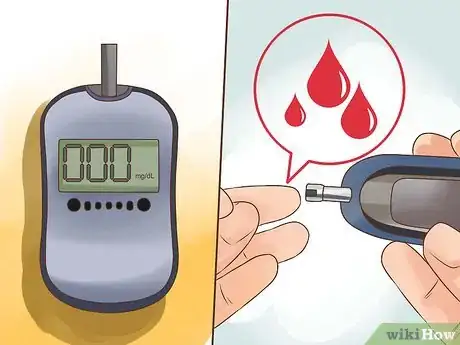
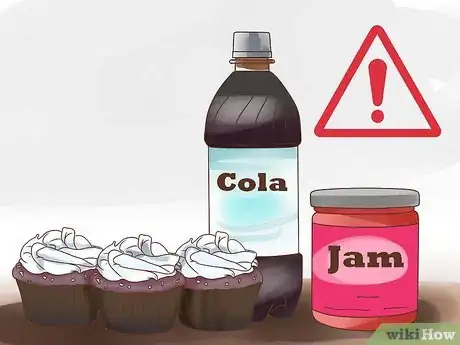
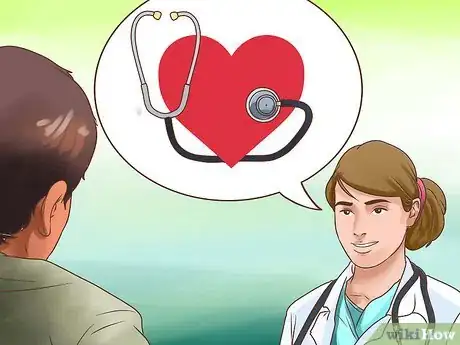
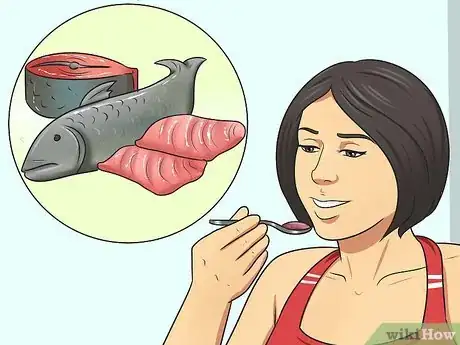
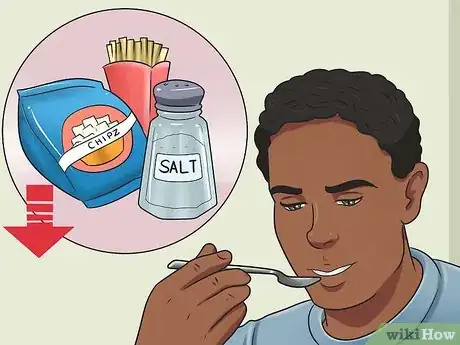
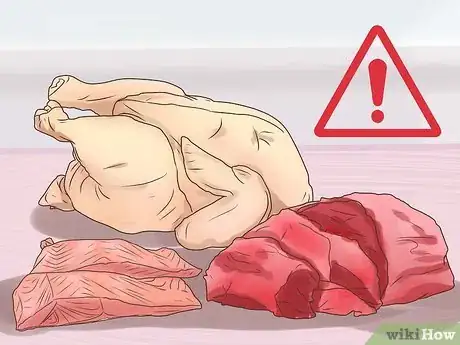


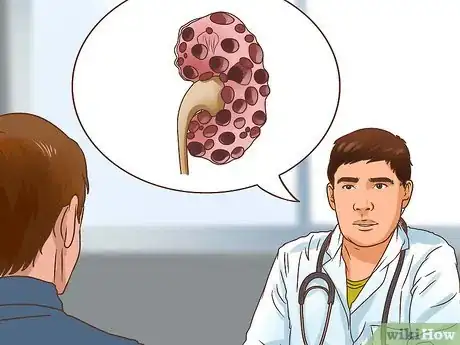
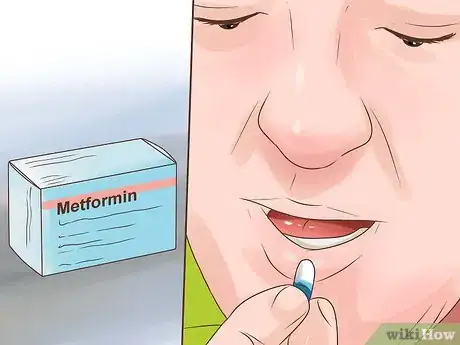
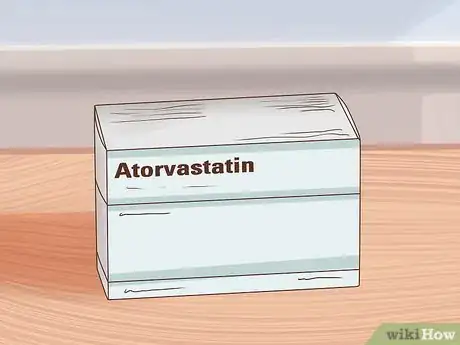
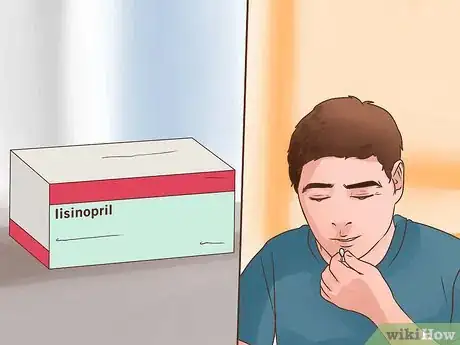
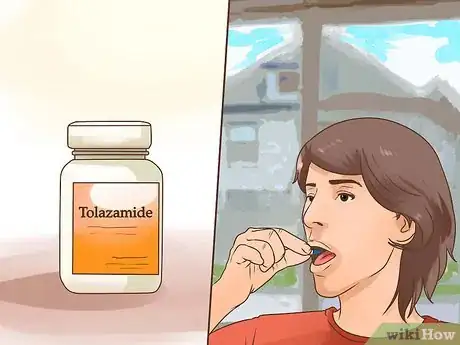
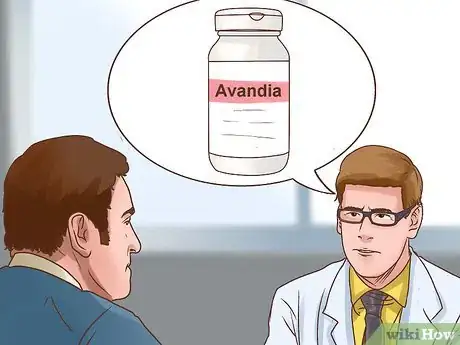
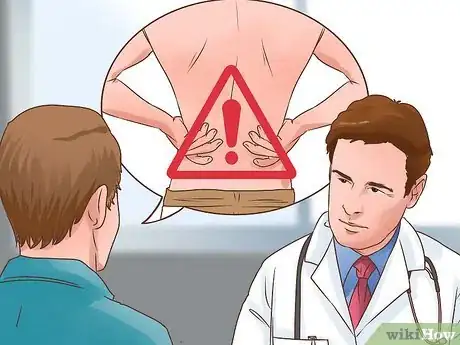
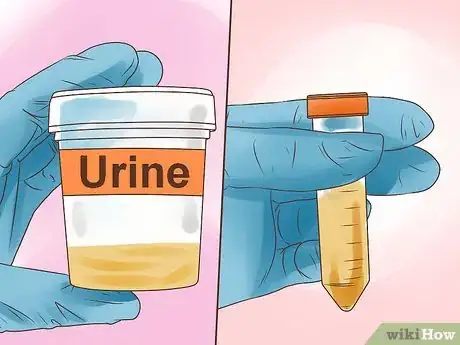

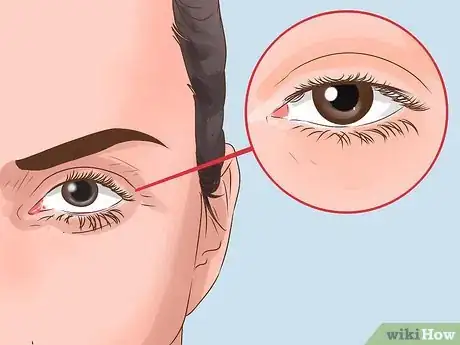
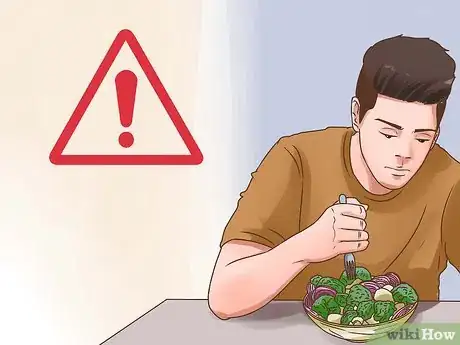
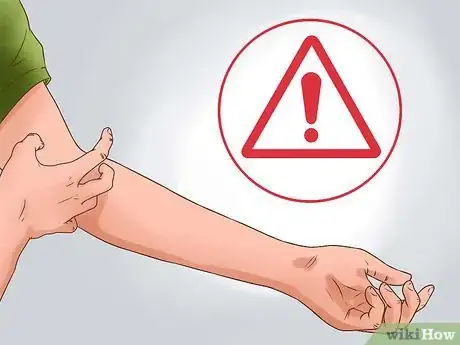


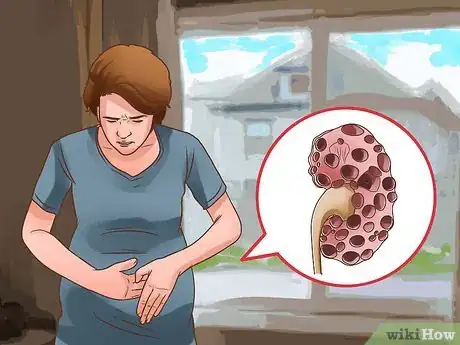








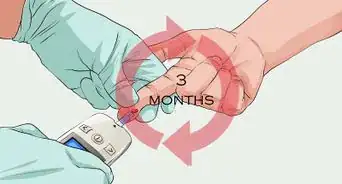

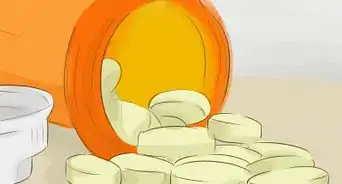

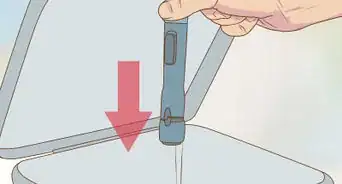









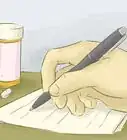


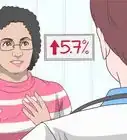



































Medical Disclaimer
The content of this article is not intended to be a substitute for professional medical advice, examination, diagnosis, or treatment. You should always contact your doctor or other qualified healthcare professional before starting, changing, or stopping any kind of health treatment.
Read More...